Cage free laying, the challenges involved worldwide
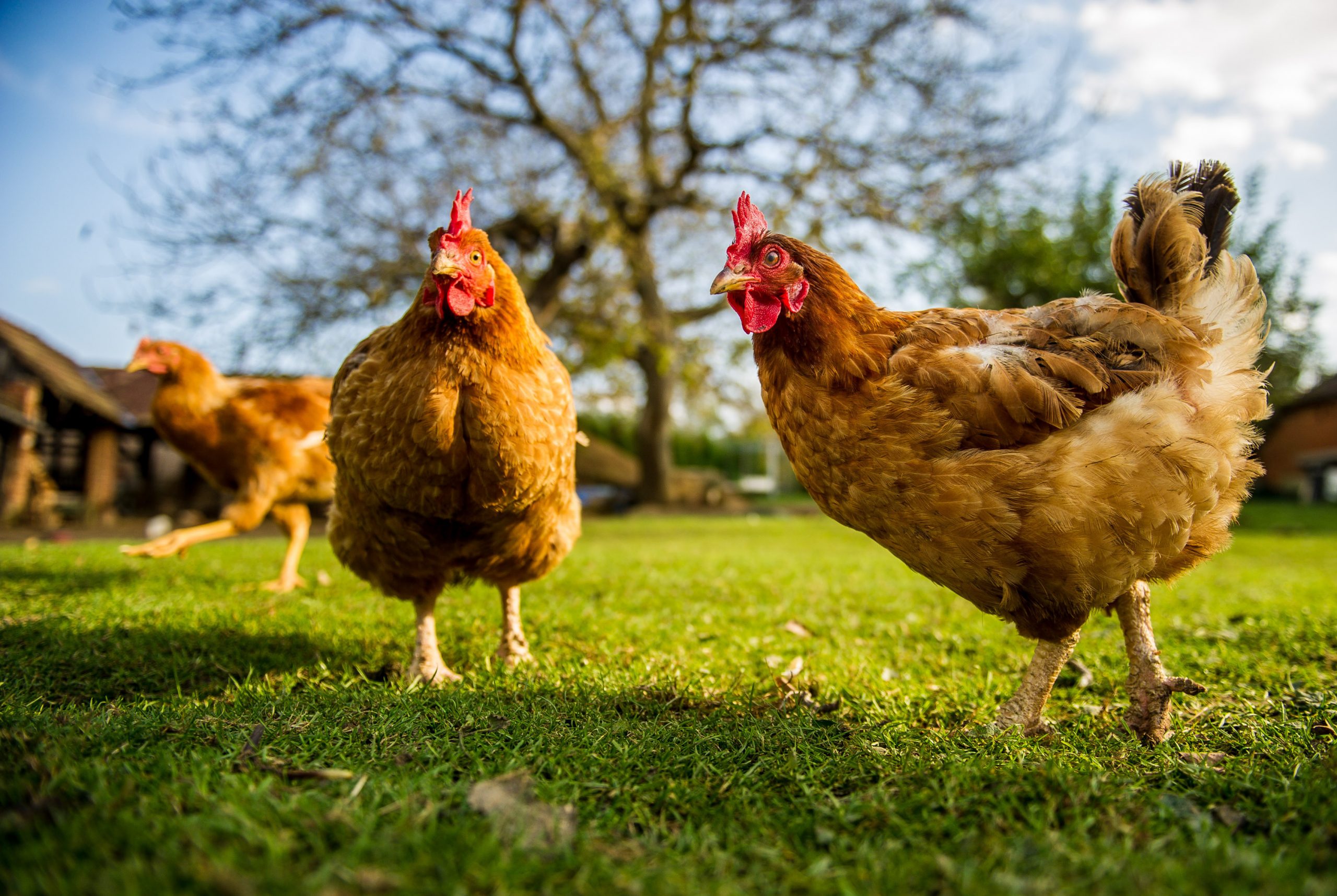
The egg industry is facing pressure from consumers for the wellbeing of animals utilised for food. But in terms of economic efficiency or sustainability (sustainable farming), animal welfare is just one aspect that needs to be considered. Animal health, social aspects, environmental and economic factors need to be included as well to evaluate the overall sustainability of the various egg production systems. Each system has its unique challenges, but no single housing system is ideal from a hen welfare perspective.
In the poultry industry, in addition to production values, housing the hens while promoting good welfare is becoming mandatory. Certainly, it is important to assess animal production systems where traditional farming has been defined as intensive production with limited resources, ensuring profitability through volumes. Opposite to this model, free range systems are based on producing value (less), with more resources and ensuring profitability through incremental prices to the end consumer. Although consumers have a favourable perception of cage-free egg production, only a small part of them are willing to pay the premium associated with the increases in costs of producing eggs through this system.
Meanwhile, the use of AGPs and the associated antimicrobial resistance has been pointed out as a global health problem for humans and animals as well. Therefore, the need to maximise performance in free-range systems avoiding the use of AGPs and chemicals becomes mandatory and the objective standard as well. There is a global consensus focused on the reduction and responsible use of antibiotics in poultry operations. The best alternative proposal to reduce the use of AGPs, is a general improvement of animal production systems (biosecurity) which result compromised in free-range systems. Furthermore, a deep understanding how the welfare, nutrition and health of laying hens under this system could be optimised is still needed.
Free-range laying hens associated problems
The shift from the traditional cage to free range systems presents 2 main problems: an increase in cost production and the food safety risk. Furthermore, the free-range system has a broad number of disadvantages that require the development of mitigation strategies. The associated issues with free-range systems include economics, environmental, egg safety impact and increased risk of disease and mortality.
Contrary to consumer expectation it has been reported that the natural behaviours in free-range systems might lead to increased health associated problems and have a negative impact on egg production. Linked with this information, Weeks et al., 2016, reported that the increase in mortality rates and reduced productivity increases the costs of egg production in free-range systems compared with conventional systems. Therefore, the incidence of disease and the level of mortality in a flock might reflect the bird’s welfare. Importantly, this impacts an other aspects of sustainability such as antibiotic reduction, and economic viability as mortality plays a major role in determining profitability.
International trends and regulations
Shifting consumer preference is just one of the drivers for change in animal production systems. In the EU countries animal welfare and farming profitability (value creation) will continue to look for balanced production and sustainability, without the support of antibiotics as growth promoters. Other countries in North America: (Mexico, USA, and Canada) and the APAC region will follow the EU model. Contrarily, the pressure of the global population growth, the rapid urbanisation and increasing incomes in developing countries, will continue to have a strongly positive effect on animal protein consumption. Shifting from extensive to intensive farming operations to maximize animal productivity and satisfy the protein demand.
In both cases the landscape is ripe with opportunities for innovation. This includes, the use of new and more effective solutions against pathogens and new approaches to promote growth while improving animal health, with the final goal to create a more sustainable, food secure future. The experience in the EU shows that an integrated approach that includes strict government regulations, improved farm management, general animal health status and production processes are indispensable for the successful implementation of sustainable egg production systems were animal welfare can be highly compromised.
Conclusion
Sustainability is key to improving the features of all production systems and animal welfare is one aspect that needs to be considered. However, animal health, social aspects, environmental fingerprint and economic and profitability factors need to be included to the overall sustainability to properly assess the various egg production systems. However, the transition from the traditional cage to free range system present two main challenges: increase in cost production and food safety risk. Both challenges are closely related with the massive use of antibiotics to compensate the weakness and risks that this model brings with it.
At Nutriad, it is believed that it is possible to drastically reduce the use of AGPs in animal production systems through an integral approach. The versatility of Nutriad products allows feed producers to drastically reduce the use of antibiotics while ensuring natural growth promotion, meanwhile the protection against pathogens remains robust.
References available on request
By Daniel Ramirez, Development Managers “Digestive Performance”, Nutriad International, Belgium
Join 26,000+ subscribers
Subscribe to our newsletter to stay updated about all the need-to-know content in the feed sector, three times a week. Beheer
Beheer

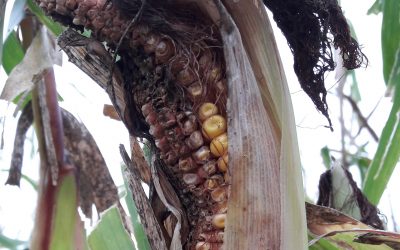
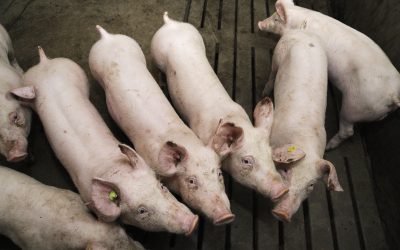
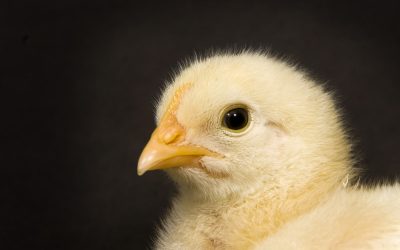
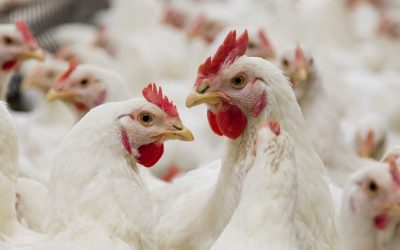
 WP Admin
WP Admin  Bewerk bericht
Bewerk bericht